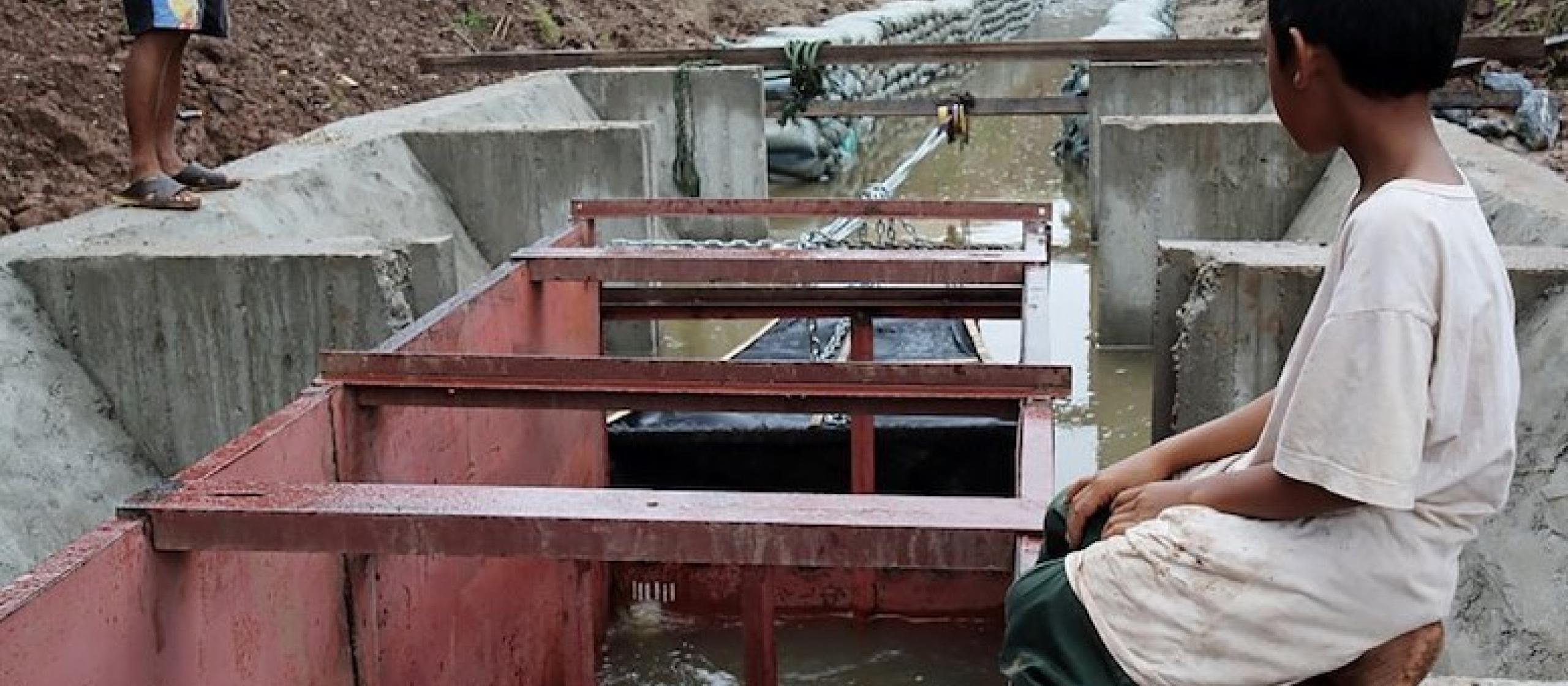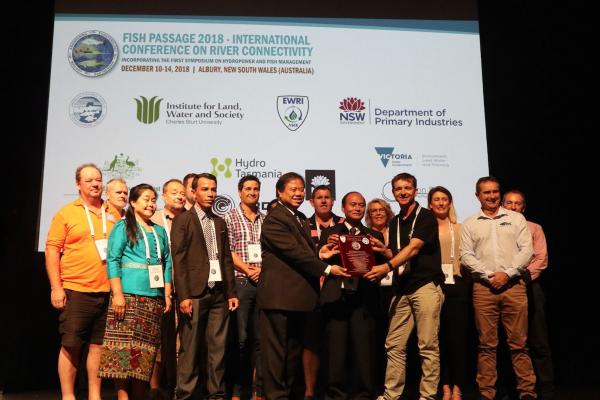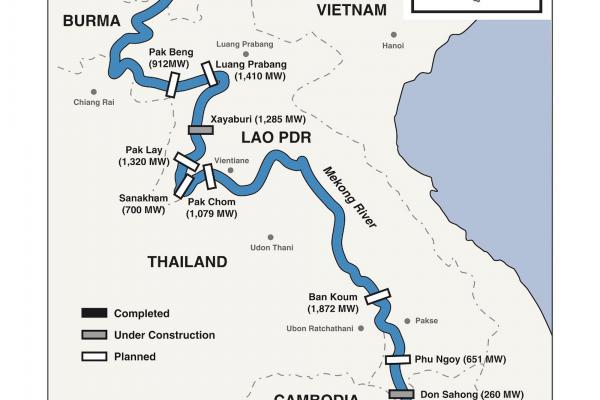- HomeHome
-
About ACIAR
- Our work
- Our people
-
Corporate information
- ACIAR Audit Committee
- Commission for International Agricultural Research
- Policy Advisory Council
- Agency reviews
- Executive remuneration disclosure
- Freedom of information (FOI)
- Gifts and benefits register
- Information publication scheme
- List of new agency files
- Contracts
- Legal services expenditure
- Privacy impact assessment register
- Commonwealth Child Safe Framework
- Benefits to Australia
- Careers
- 40 years of ACIAR
-
What we do
- Programs
- Cross-cutting areas
- Resources
- Where we work
-
Funding
- Research projects
- Fellowships
-
Scholarships
- John Allwright FellowshipScholarships to study in Australia for ACIAR partner country scientists to have Australian postgraduate qualifications
- ACIAR Pacific Agriculture Scholarships and Support and Climate Resilience Program
- Alumni Research Support Facility
- Publications
- News and Outreach
Date released
14 February 2019
In December 2018, Charles Sturt University in Albury, NSW, hosted a global conference on river connectivity, bringing together researchers on fish passage from all over the world. Fish Passage 2018 attracted more than 350 delegates, representing over 30 countries, to share knowledge on hydropower and fish management. At the conference, the ACIAR-funded project ‘Fish passage research and development at low-head barriers in South-east Asia’ was awarded the Distinguished Project Award.
A fish passage is a structure on or around artificial and natural barriers that facilitates the natural migration of fish. The fish passage built by the team in Pak Peung was designed in collaboration with the local community and is the first of its kind in Lao PDR. The team is led by Dr Lee Baumgartner from Charles Sturt University and key project partners are the National University of Laos, the Lao Living Aquatic Resources Research Center, the Lao Department of Irrigation and the Myanmar Department of Fisheries.
Partners spoke to Dr Lee Baumgartner about the fish passage work he has been leading on ACIAR’s behalf for over 10 years.
‘We started in 2006 with a proof of concept for ACIAR, and then from 2008–2014 there was the technical phase, where we did a lot of infield experiments, putting the fishway in place and gathering data about the technology,’ Dr Baumgartner says. Now that fishways have been proven in Lao PDR, he is keen to see more structures in place across the Mekong basin.
The next phase of the project, which runs until 2020, focuses on quantifying the biophysical and community impacts of improved fish passage in Lao PDR and Myanmar. ‘For a decade,’ he says, ‘we have been working with local villages, surveying people, seeing if their fish catches go up, and asking “Are they getting a better income?”, in an effort to quantify the benefits to livelihoods, the nutritional benefits, and that there is a cost benefit.’
ACIAR has a growing focus on making capacity building an integral part of all projects, and the fish passage work is no exception. ‘We want to swing into the stage where we no longer have a role to play. Over the long term, we’d love to see Mekong countries developing and running their own fishway construction programs,’ Baumgartner says.
With support from the Crawford Fund, a masterclass was held last year in Thailand at the Southeast Asian Fisheries Development Center. Sixty-five irrigation engineers and biologists, including 10 from each Mekong community, came together in the first regional-scale attempt to have biologists and engineers work collaboratively to come up with their own solution to fish passage. ‘We had a team of world-class presenters and first-class students. The masterclass worked fantastically and each country walked away with a fishway design. Since then there has been demand for more masterclasses,’ Baumgartner says.
There are also moves underway to expand the fishway passage work into the policy and capacity building arena, especially in Cambodia, Laos and Indonesia, where ACIAR and the US Agency for International Development are co-funding scaling out.
One of the key themes emerging from the Fish Passage 2018 conference was the importance of the Mekong River system for the peoples of the basin, especially Myanmar, Laos, Thailand, Cambodia and Vietnam. Several speakers, such as Professor Ian Cowx from the University of Hull, voiced concern about the impact of major hydropower dams on this river system. Eleven mainstream dams are planned and several are underway. ACIAR is now involved in research to determine if the significant investment in fishways at the new dam sites is working to sustain the fisheries over the long term—a question of significant interest to developers and natural resource managers across the region.





